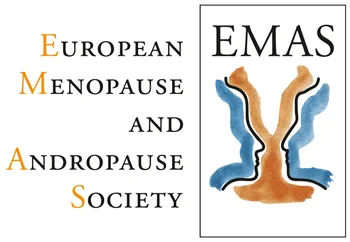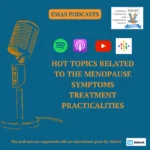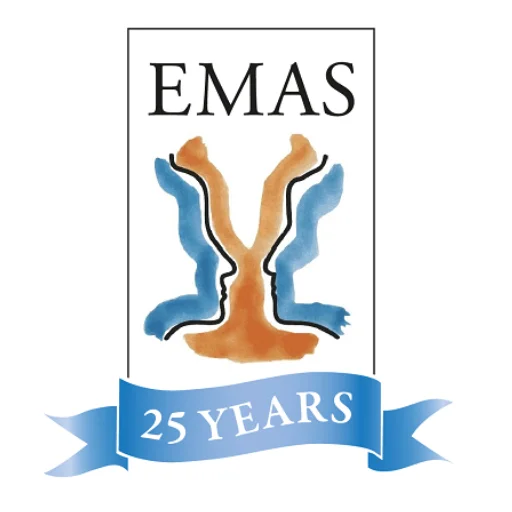Host: Welcome to today’s podcast. Not all menopausal hormone therapies are the same: A progestogenic perspective. This episode is part of a podcast series supported by Abbott. The content is solely the responsibility of EMAS, The European Menopause and Andropause Society. All our episodes are available in English, Spanish, Mandarin, and Russian, and you can find them on any of the most popular podcast platforms.
On today’s episode, Irene Lambrinoudaki, professor of endocrinology at the medical school of the National and Kapodistrian University of Athens, Greece, editor-in-chief in Maturitas and scientific director of the European Menopause and Andropause Society, will help us understand the effects of menopausal hormone therapy on the components of the metabolic syndrome.
Irene Lambrinoudaki: Menopausal hormone therapy is a treatment of choice for the management of bothersome menopausal symptoms and of urogenital atrophy. Beyond its effect on quality of life, menopausal hormone therapy increases bone mineral density, decreases the risk of both vertebral and hip fractures, as well as the risk of colon cancer.
The majority of menopausal complaints are alleviated by estrogen therapy. However, in women with an intact uterus, a progestogen must be added to the estrogen therapy to prevent endometrial hyperplasia and cancer. There is a wide variety of marketed progestogens which differ in their pharmacological properties according to their structure. Progestogens are divided into natural progesterone, which is produced by the human ovary, and synthetic progestogens which are called progestins, like dydrogesterone, levonorgestrel, medroxyprogesterone acetate, and norethisterone acetate. Most progestogens are administered orally. Progesterone can also be delivered vaginally, norethisterone acetate transdermally, and levonorgestrel directly into the endometrium through an intrauterine releasing system.
Long-term menopausal hormone therapy use is associated with a small, but significant increase of breast cancer and thromboembolic events. On clinical grounds, however, the small risk may be modified by several factors dependent both on the patient profile and the characteristics of a menopausal hormone therapy regimen. The customization of treatment, therefore, according to the individual needs and risks, ensures the efficacy and safety of menopausal hormone therapy. The risk of breast cancer attributed to menopausal hormone therapy is mainly mediated by the progestogen. In this context, the evidence supports that the risk of breast cancer is not the same for all menopausal hormone therapy regimens.
Menopausal hormone therapy containing natural progesterone or dydrogesterone is associated with a much more favorable risk profile with respect to breast cancer risk as compared to the other progestogens, like medroxyprogesterone acetate or levonorgestrel. Menopausal hormone therapy has a beneficial effect on the cardiometabolic profile, improving insulin sensitivity, carbohydrate metabolism, and endothelial function. The addition of a progestogen to the estrogen may mitigate the beneficial effect of estrogens on the cardiovascular system.
The evidence suggests that natural progesterone, dydrogesterone, and low-dose or transdermal norethisterone, do not counteract the cardioprotective effects of estrogens as opposed to progestogens like medroxyprogesterone acetate or levonorgestrel.
Concluding, menopausal hormone therapy regimes containing natural progesterone and dydrogesterone appear to have a better safety profile compared to menopausal hormone therapy regimens containing other synthetic progestogens like medroxyprogesterone acetate.
Host: Today, Professor Irene Lambrinoudaki discussed the differences between Menopausal hormone therapy regimens with regard to efficacy and safety. Thank you for listening to today’s episode. We hope you will be valuable for your clinical and research practice. Stay safe.
[END]


